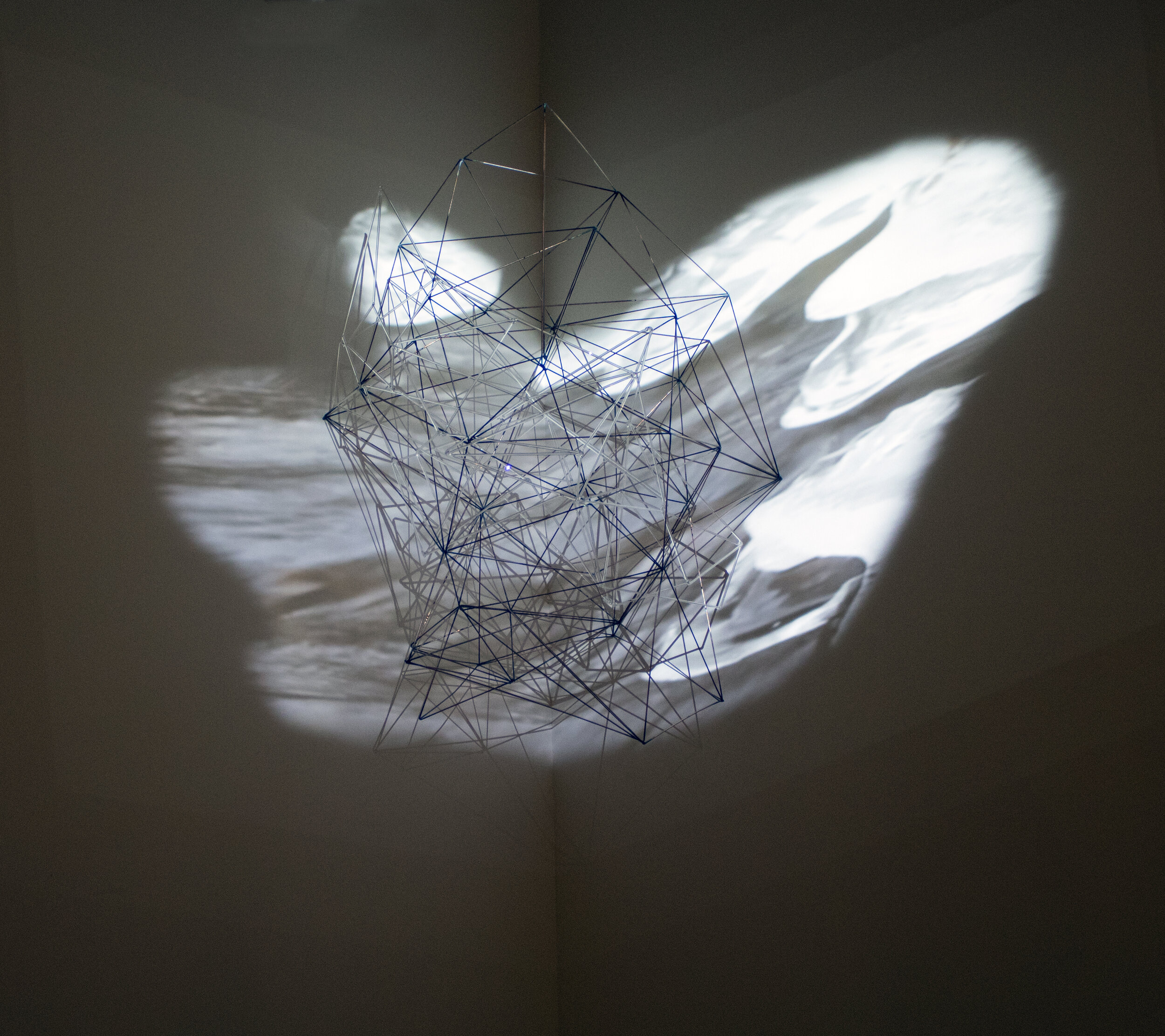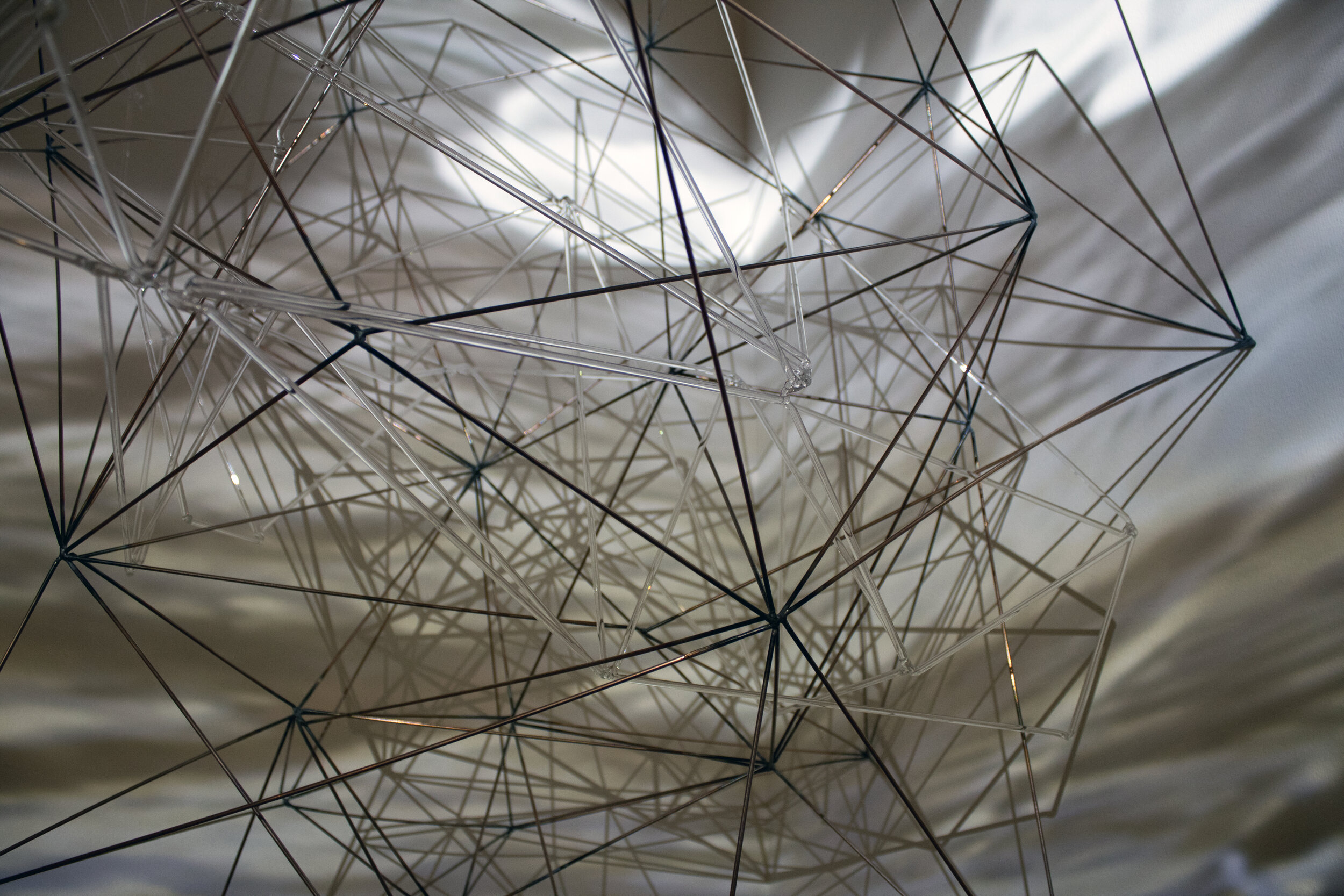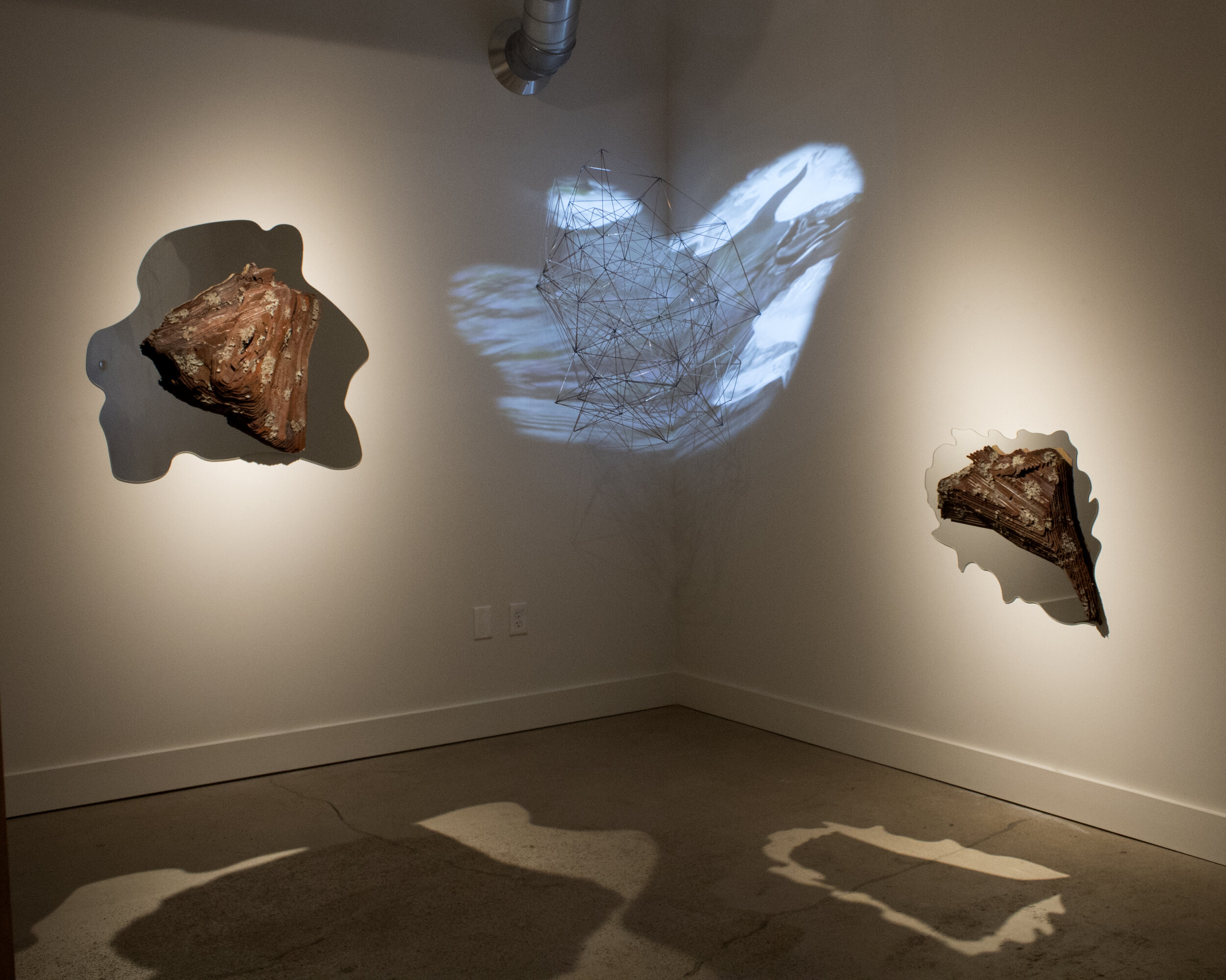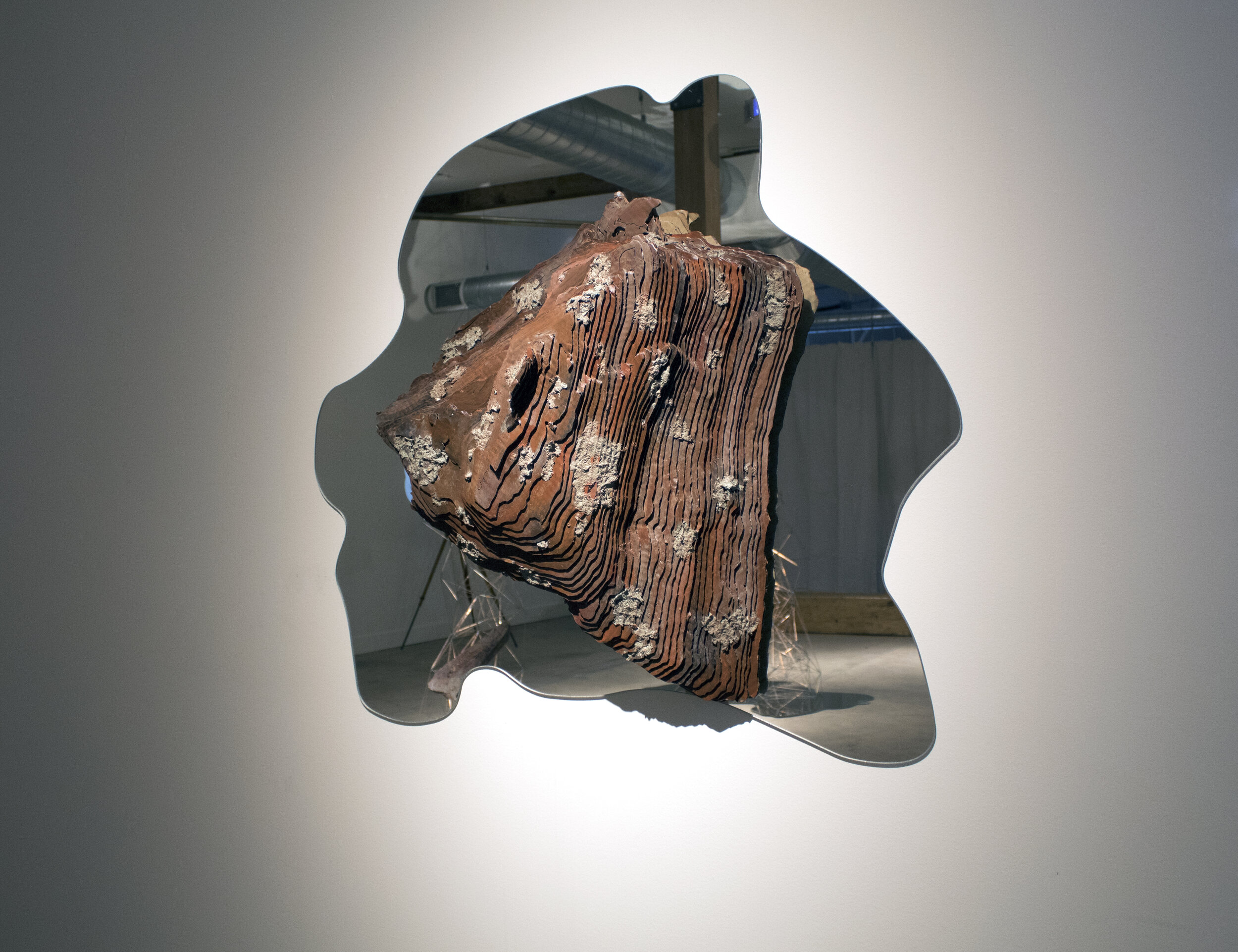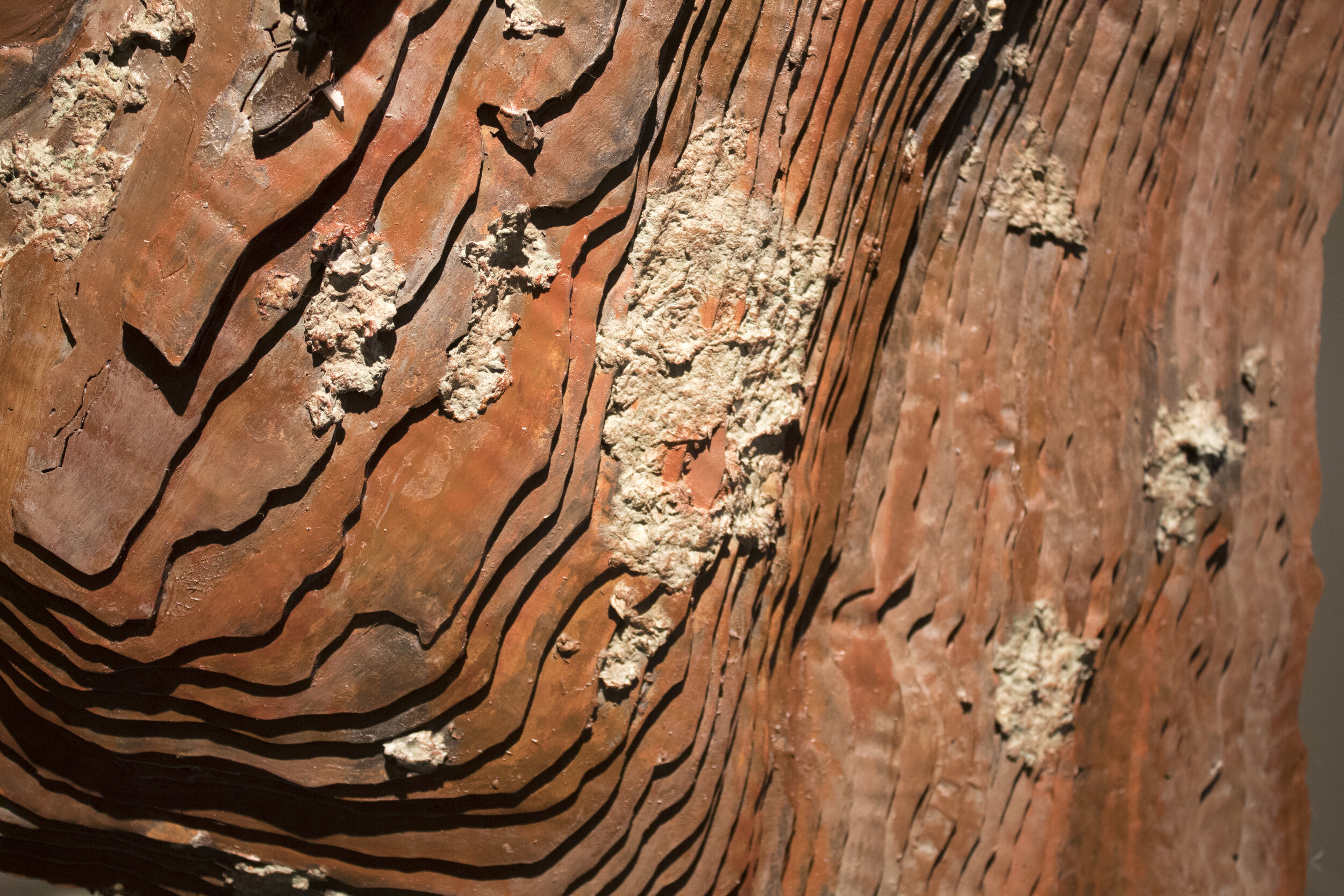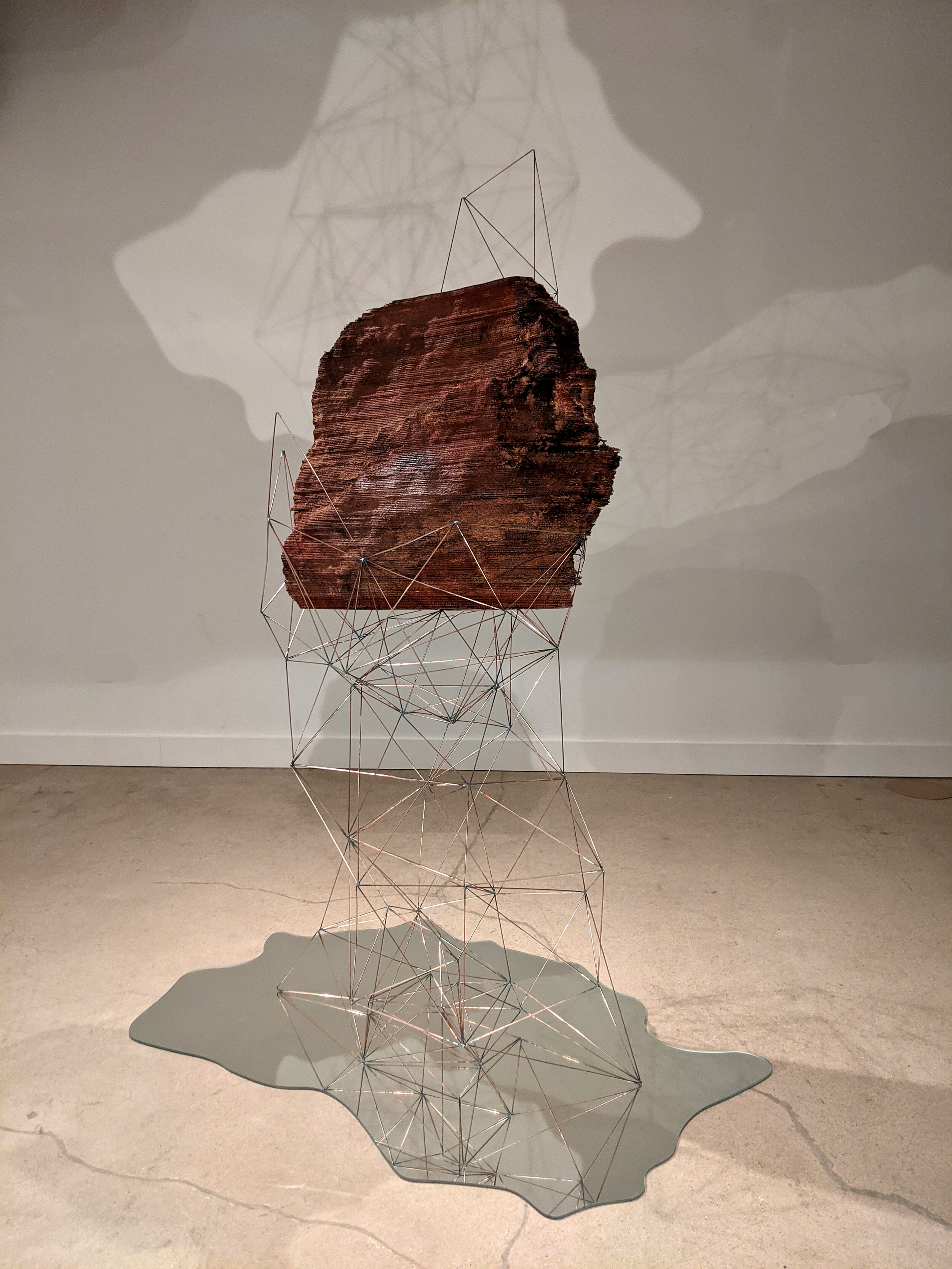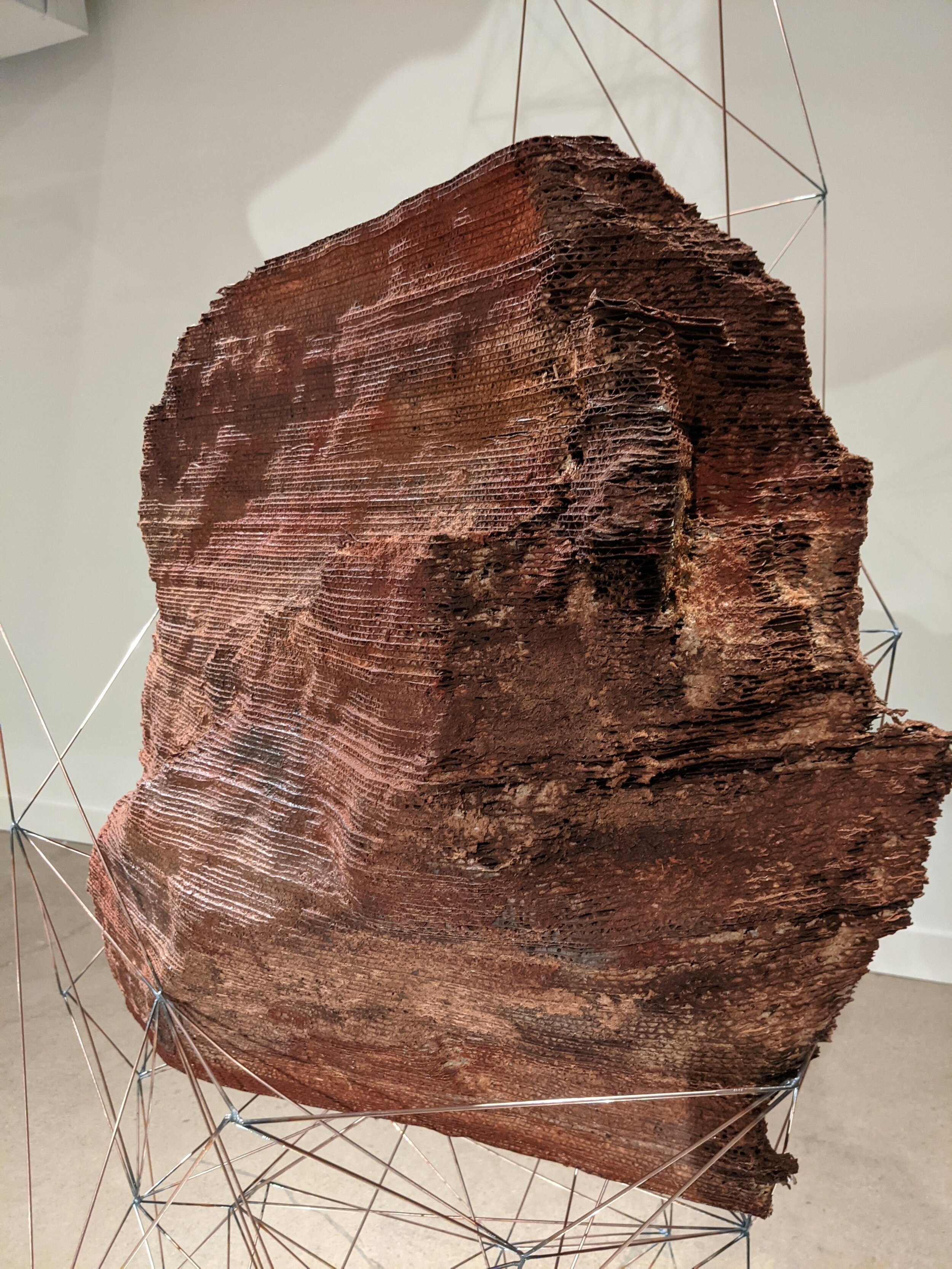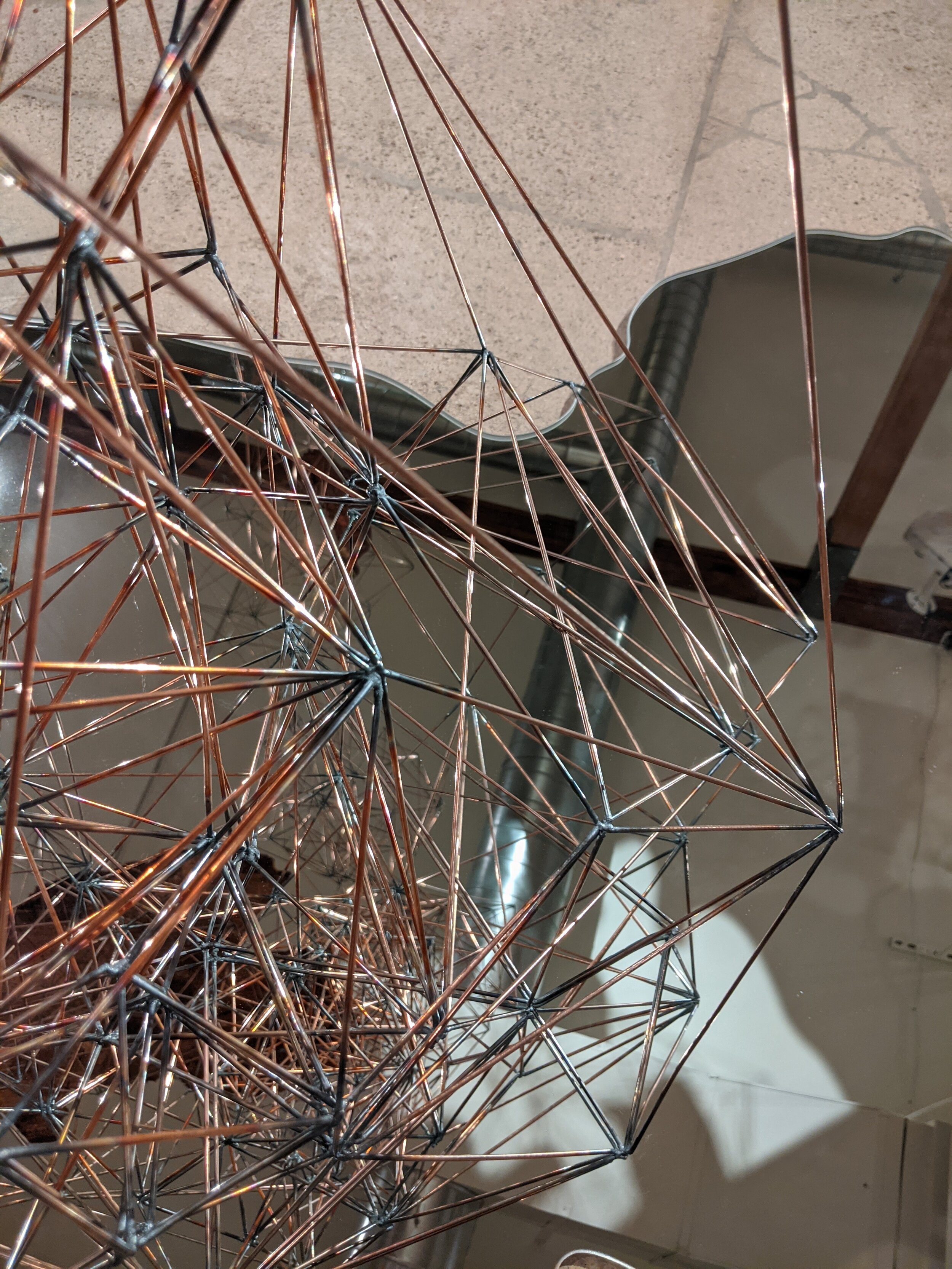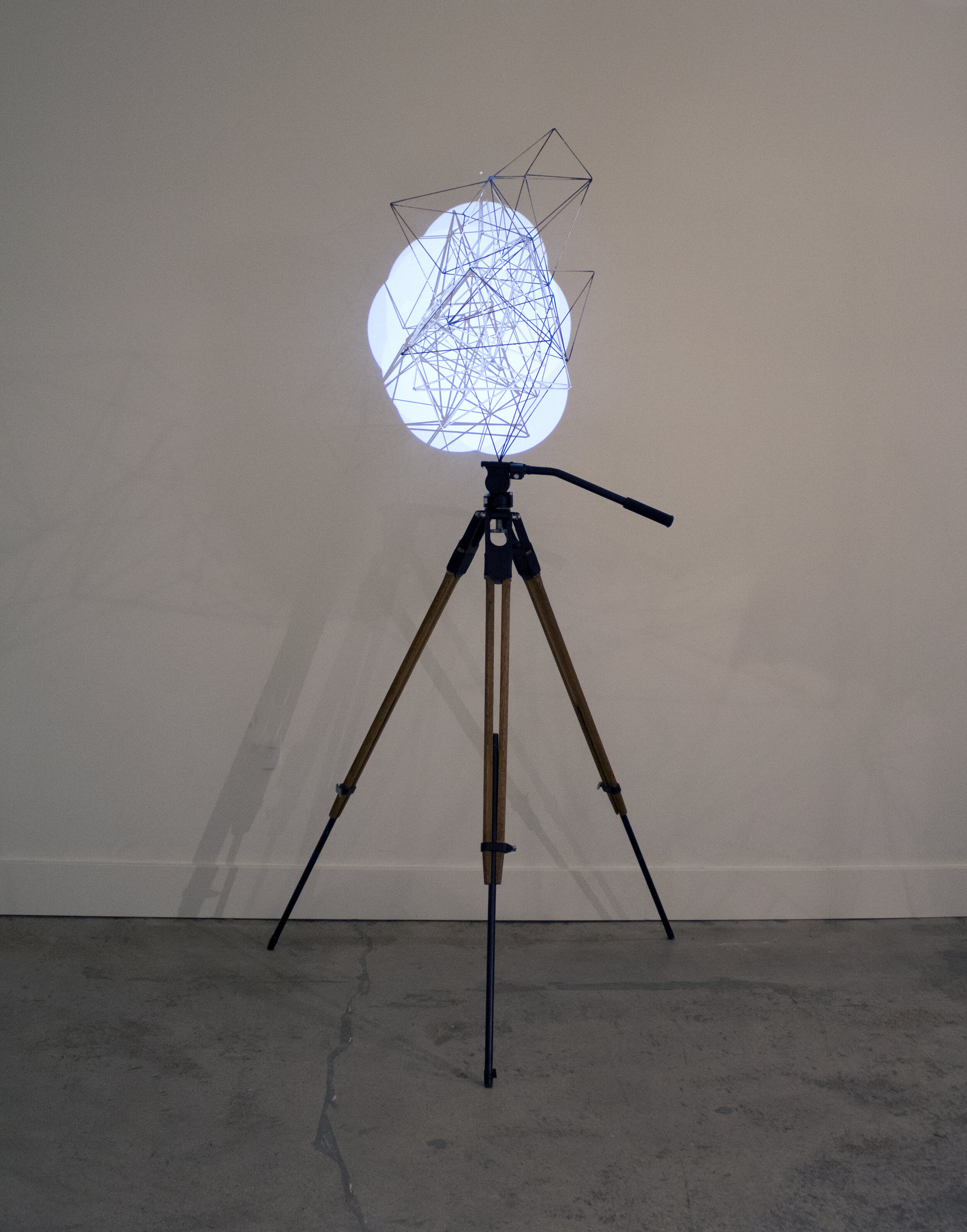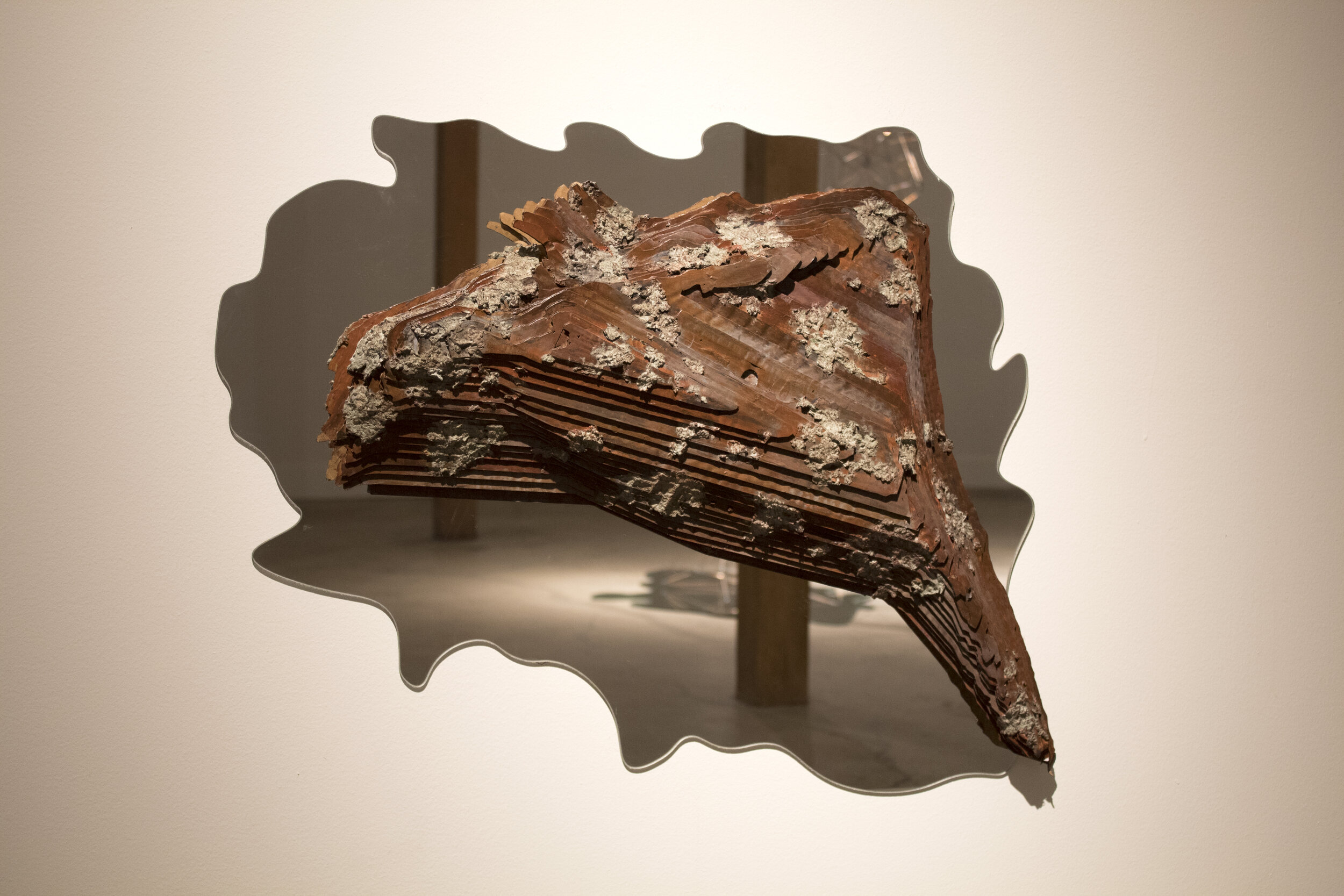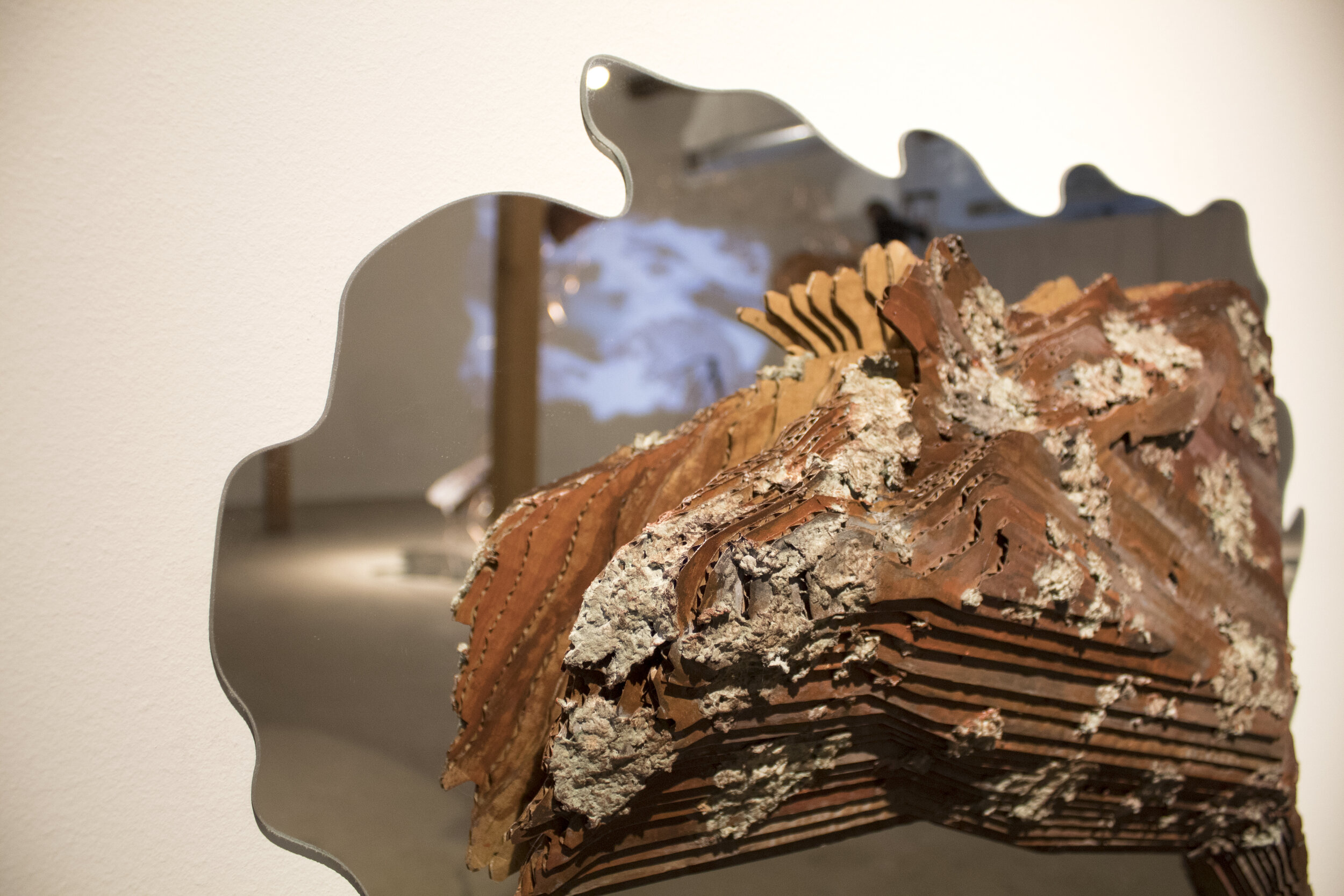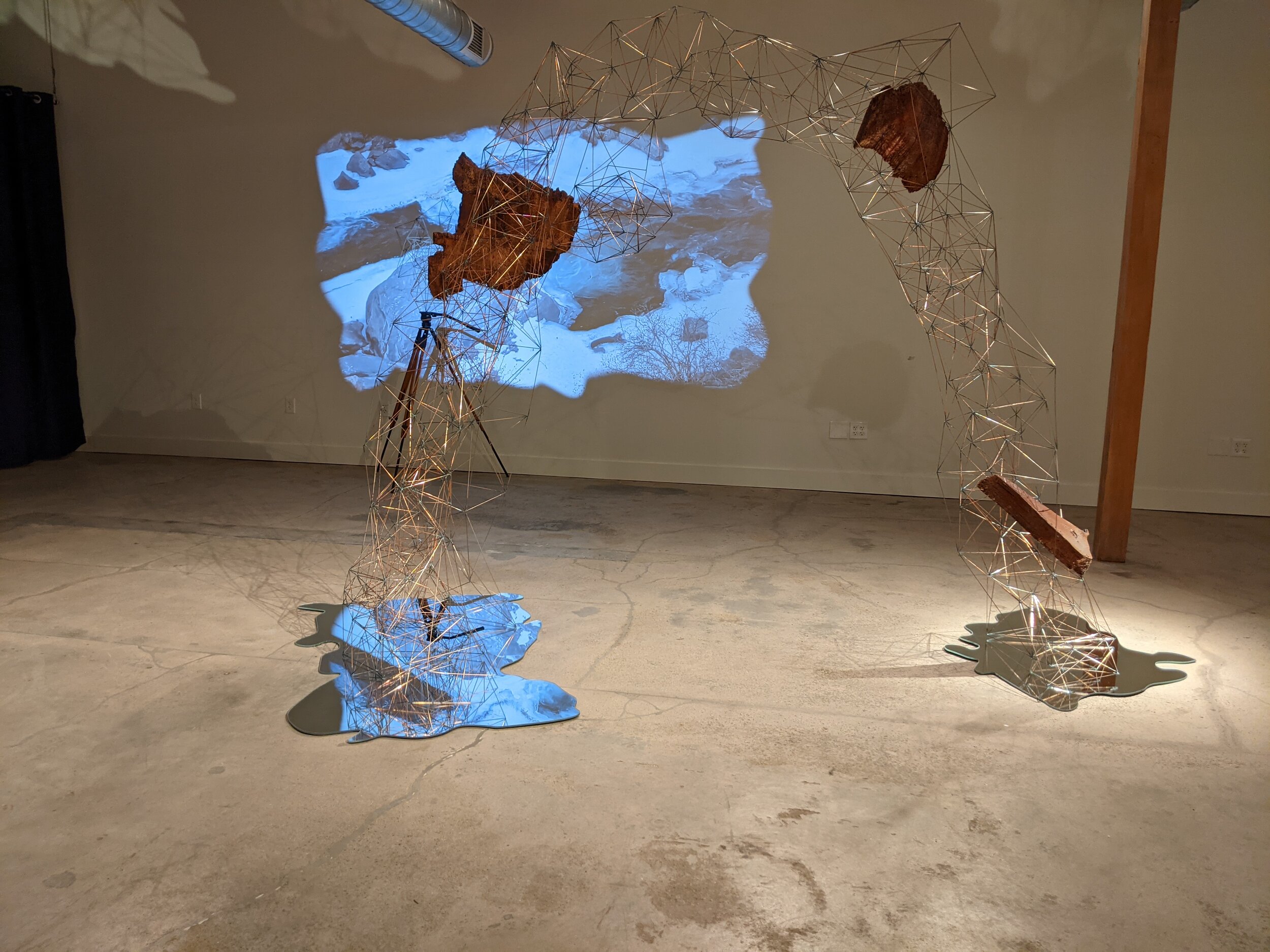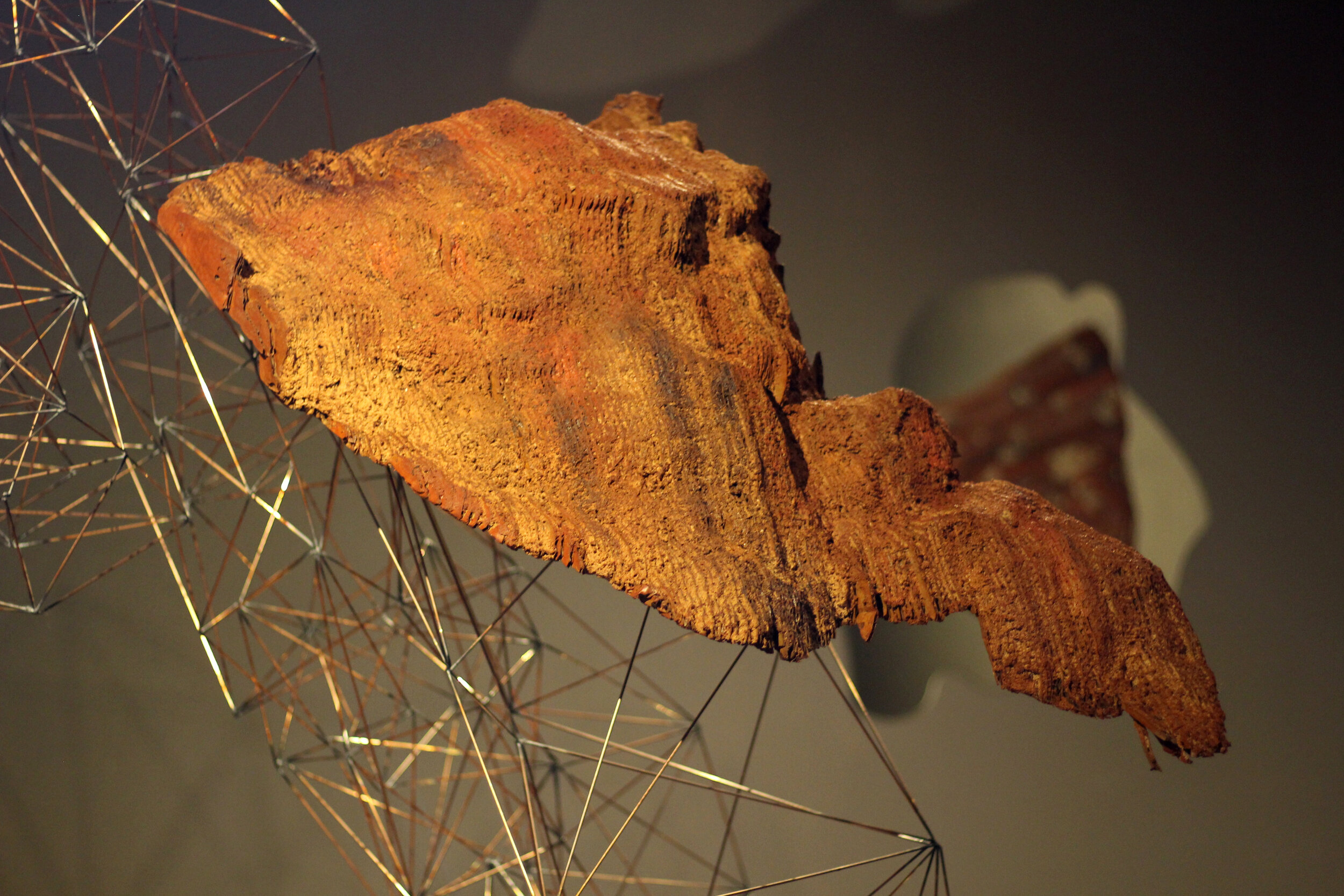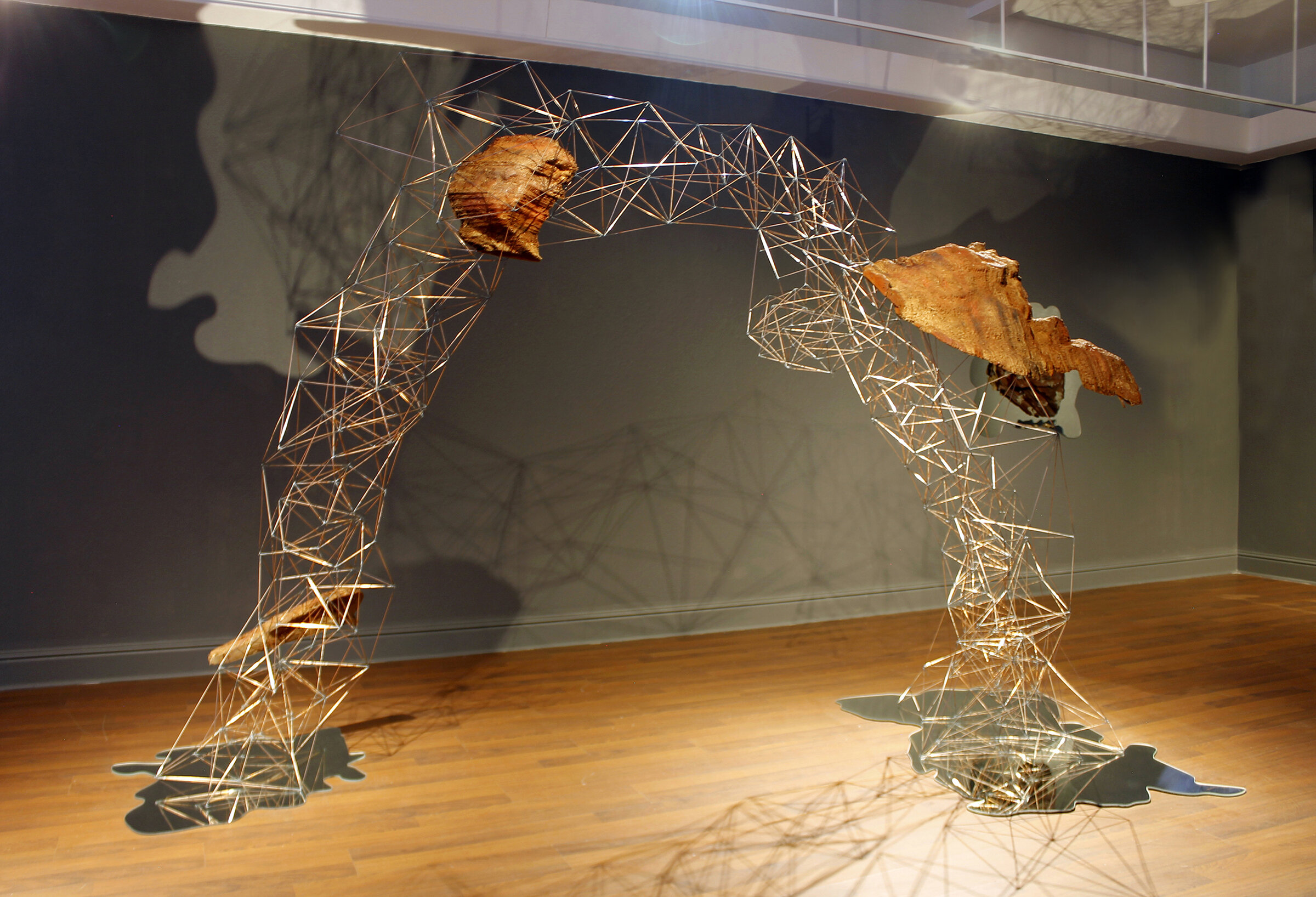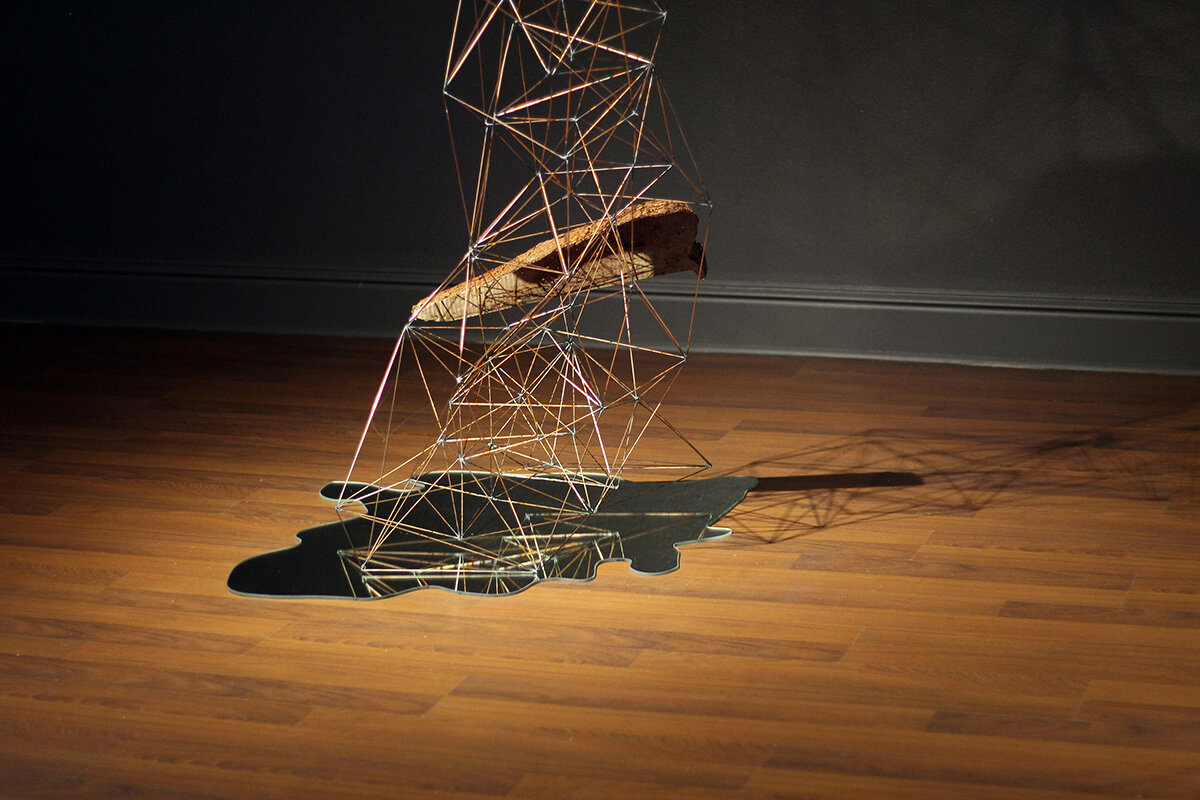Scope of the Natural
From Arbor Institute Curator Sam Randall: The Arbor Institute is excited to bring Scope of the Natural to Boulder – a site-specific art/science research study installation created by NeST fellows Amy Hoagland and Jennifer Cole. The project provides an opportunity to participate in scientific research exploring questions about how we experience both nature and art. In this time of continued isolation and collective grief, the installation also provides a quiet space for visitors to ground through a contemplative experience of body, mind, and nature.
From Firehouse Art Center Curator Brandy Coons: To make the sculptures for Scope of the Natural, Amy 3D scanned rocks and trees using a process called photogrammetry: multiple photographs of the natural forms are placed into a software which stitches the images together to create a 3D file. The 3D file is then applied in digital fabrication methods such as laser cutting to recreate the scanned natural form out of paper, cardboard, and wood. These large-scale sculptures are integrated within wire-frame constructions of welded metal and fused glass rods. Recorded sounds and video projections of ice and water flows in the space evoke even more connection with the natural environment.
Hoagland’s creative use of materials mimics and suggests forms found in nature, while providing further commentary on our understanding of, and relationship to, organic structures. Geometric sculptures welded of metal and glass call to mind the polygonal mesh of gaming environments and computer animation, as well as the fractured forms of natural crystalline structures, while mirrors are used to reflect light around the space in a simulation of water. Each material (cardboard, glass, welded metals) comes from a human treatment of natural resources, recombined and re-presented within the context of a contemporary relationship to digital environments. Her process brings natural forms into the world of human influence and filters them out again, providing an expression of the many layers that separate our sensory input from our intellectual understanding of the world we live in.
